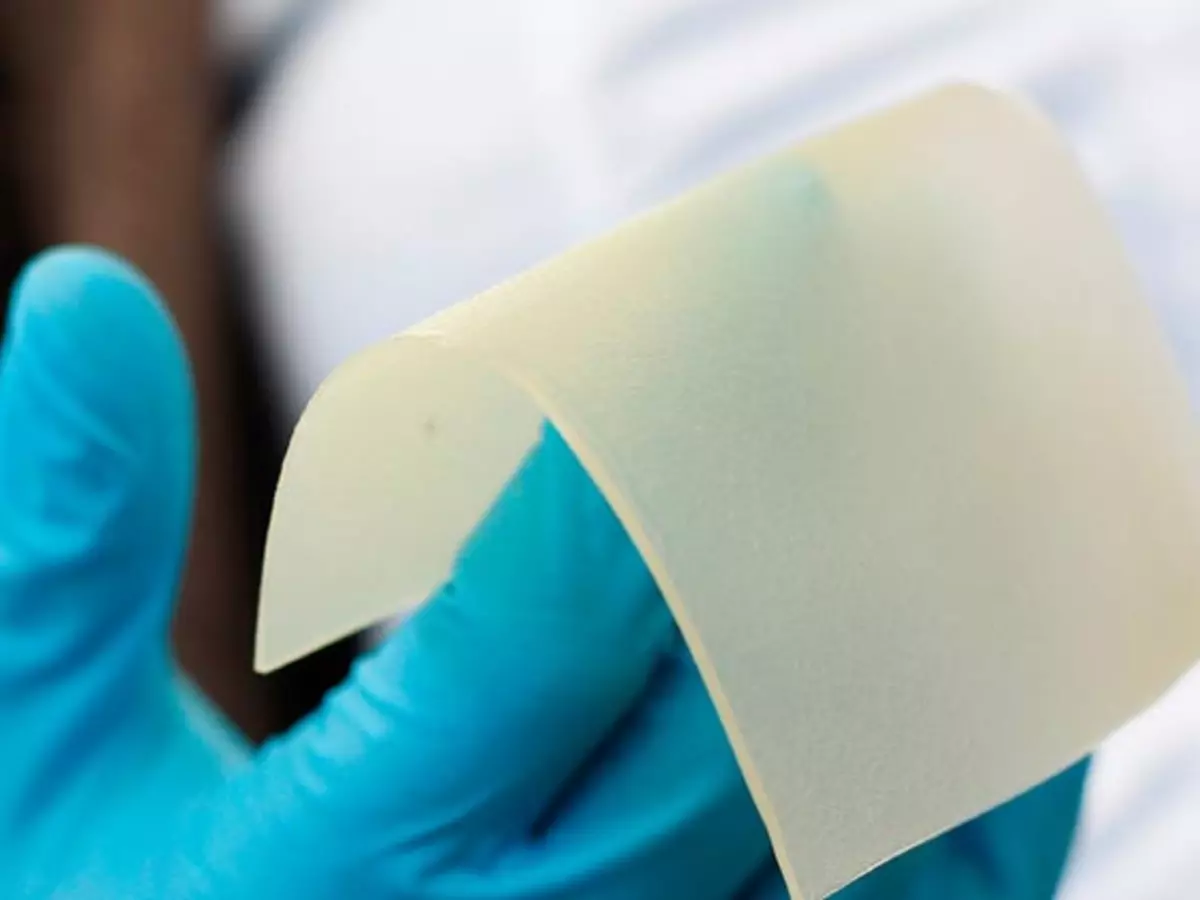Scientists Have Created Artificial Skin That Can Be Used To Help Burn Victims!
Scientists from the RIKEN Centre for Developmental Biology in Japan have grown artificial skin tissue using stem cells. The complex tissue resembles real skin very closely since it has hair follicles and even glands that secrete oil. The tissue could be used to give burn victims functional skin transplants replacing the current system of taking skin from a different part of the victim&rsquos body.

Now, the trauma faced by burn victims could be reduced to some extent, thanks to scientists who have managed to successfully grow artificial skin tissue using stem cells. The tissue could be used to give burn victims functional skin transplants, replacing the current system of taking skin from a different part of the victim¡¯s body or from a another individual. The complex tissue resembles real skin very closely, since it has hair follicles and even glands that secrete oil!

riken.jp
Scientists from the RIKEN Centre for Developmental Biology (CDB), Tokyo University of Science and other institutions in Japan were then able to implant these 3D tissues into living mice. The tissues formed proper connections with other organ systems such as nerves and muscle fibres.
Epithelial cells have been earlier been successfully grown into implantable sheets, but they did not have the proper appendages - the oil-secreting and sweat glands - that would allow them to function as normal tissue. To perform the work, the researchers took cells from mouse gums and used chemicals to transform them into stem cell-like induced pluripotent stem (iPS) cells.
In culture, the cells properly developed into what is called an embryoid body (EB) - a 3D clump of cells that partially resembles the developing embryo in an actual body. The researchers created EBs from iPS cells and then implanted multiple EBs into immune-deficient mice, where they gradually changed into differentiated tissue, following the pattern of an actual embryo.

hohenstein.de
Once the tissue had differentiated, the scientists transplanted them out of those mice and into the skin tissue of other mice, where the tissues developed normally as integumentary tissue - the tissue between the outer and inner skin that is responsible for much of the function of the skin in terms of hair shaft eruption and fat excretion.
They also found that the implanted tissues made normal connections with the surrounding nerve and muscle tissues, allowing it to function normally. Treatment with Wnt10b, a signalling molecule, resulted in a larger number of hair follicles, making the bioengineered tissue closer to natural tissue.
"Up until now, artificial skin development has been hampered by the fact that the skin lacked the important organs, such as hair follicles and exocrine glands, which allow the skin to play its important role in regulation," said Takashi Tsuji of the RIKEN Centre for Developmental Biology, who led the study. "With this new technique, we have successfully grown skin that replicates the function of normal tissue," said Tsuji.
"We are coming ever closer to the dream of being able to recreate actual organs in the lab for transplantation, and also believe that tissue grown through this method could be used as an alternative to animal testing of chemicals," he said.
The study was published in the journal Science Advances.









